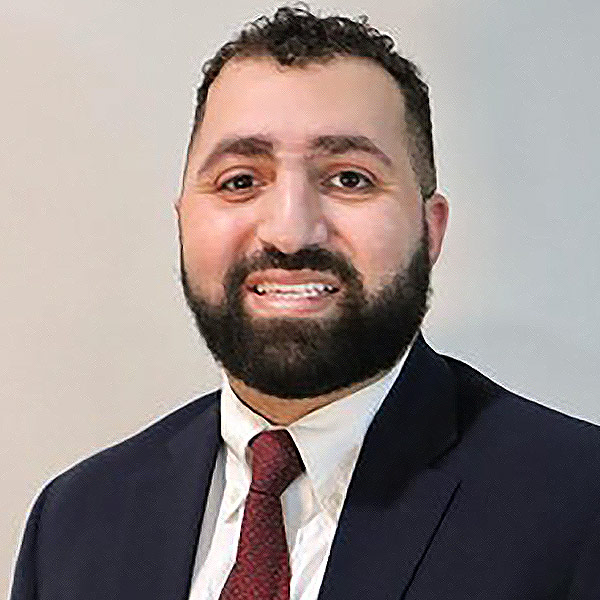Broadening the Definition of Diversity, Equity & Inclusion: FITs with Physical Limitations
My story goes like this: When I was 12, while running to class, I tripped and fell. The pencil that had been clenched in my fist was suddenly up my nose and within inches of my brain. I lost vision in my right eye and became partially blind in the left; the trauma also resulted in left-sided weakness, necessitating many months of rehabilitation. But I was adamant that this event would not define me; I would define it. I learned to read quickly and think critically, taught myself new skills, and forged a unique path. As difficult as this experience was, I have always appreciated it as the birth of my passion for medicine. It established my work ethic, refined my ability to adapt, and developed the confidence that comes from success. I used what I learned to propel me through the rigors of medical training, but I faced many challenges along the way.
Throughout my life, others have attempted to place limitations on me, even if well-intentioned. As a child, I was told I would never play soccer again. As a teen, I was told driving a vehicle was not possible due to my vision deficit. As a medical student, a cardiologist advised me during an internal medicine interview that a career in cardiology was not possible and to consider alternatives. I always persevered and found a way to accomplish what I wanted, but pursuing cardiology fellowship was the most daunting challenge yet.
I truly enjoyed my clinical cardiology rotations and developed a passion for the field that helped me thrive, but how would I succeed in a field that requires competence in complicated invasive procedures during training? My confidence grew as my attendings mentioned they had known others with physical limitations who succeeded in cardiology, and as I practiced and refined my own technique with invasive procedures required in medicine residency. As I interviewed across the country, I found program directors brainstorming with me and discussing strategies to support me and ensure success during training. Cardiac Catheterization was my first rotation in fellowship. To say I was nervous would be an understatement. With the support of incredible mentors, cardiac catheterization lab staff, interventional cardiology fellows and attendings, I learned to perform cardiac catheterization safely and confidently with one hand. This was exceedingly difficult, requiring several months in the lab, hours of practice with catheters and wires at home, along with Kern's Cardiac Catheterization Handbook at my side. While I still have so much to learn/improve on, I succeeded. I applied these newly learned skills to confidently perform transesophageal echocardiography as well.
I never considered sharing my experience on a platform such as this, because I did not view what I accomplished as special or outstanding. . . but then it occurred to me, that's precisely why I should share it. Because there are others out there, where I once was, that may gain confidence from my experience, to know that they too can do it.
Dear FITs and ACC medical residents with physical limitations, no matter what your limitation is, you can overcome and succeed. It certainly will not be easy, but it is achievable. When you feel as though your back is against the wall, the way forward is to stay humble, ground yourself with support from those around you, and in the face of adversity, relentlessly work to practice and develop your technique/skills. Also remember that cardiology is much more than just a procedure-based specialty and there are multiple career paths that lead to non-invasive cardiology jobs (the majority of cardiologists in the workforce are non-invasive). The ACC is an incredible organization with supportive leadership who have made increasing diversity, equity, and inclusion across the college a priority, and this applies to you, too. We need your unique experiences, perspectives, and passion to help others.
In the future, documenting alternate techniques (such as performing cardiac catheterization with one hand) for reference by others may be helpful. Clearly defining training pathways that minimize procedural rotations, for those who prefer, may also be helpful.

This article was authored by Mohamad Khattab, DO, chief fellow at the University of Oklahoma. Twitter: @MohaK92.
This content was developed independently from the content developed for ACC.org. This content was not reviewed by the American College of Cardiology (ACC) for medical accuracy and the content is provided on an "as is" basis. Inclusion on ACC.org does not constitute a guarantee or endorsement by the ACC and ACC makes no warranty that the content is accurate, complete or error-free. The content is not a substitute for personalized medical advice and is not intended to be used as the sole basis for making individualized medical or health-related decisions. Statements or opinions expressed in this content reflect the views of the authors and do not reflect the official policy of ACC.
